Jury
Aleksis Bertoni
USA
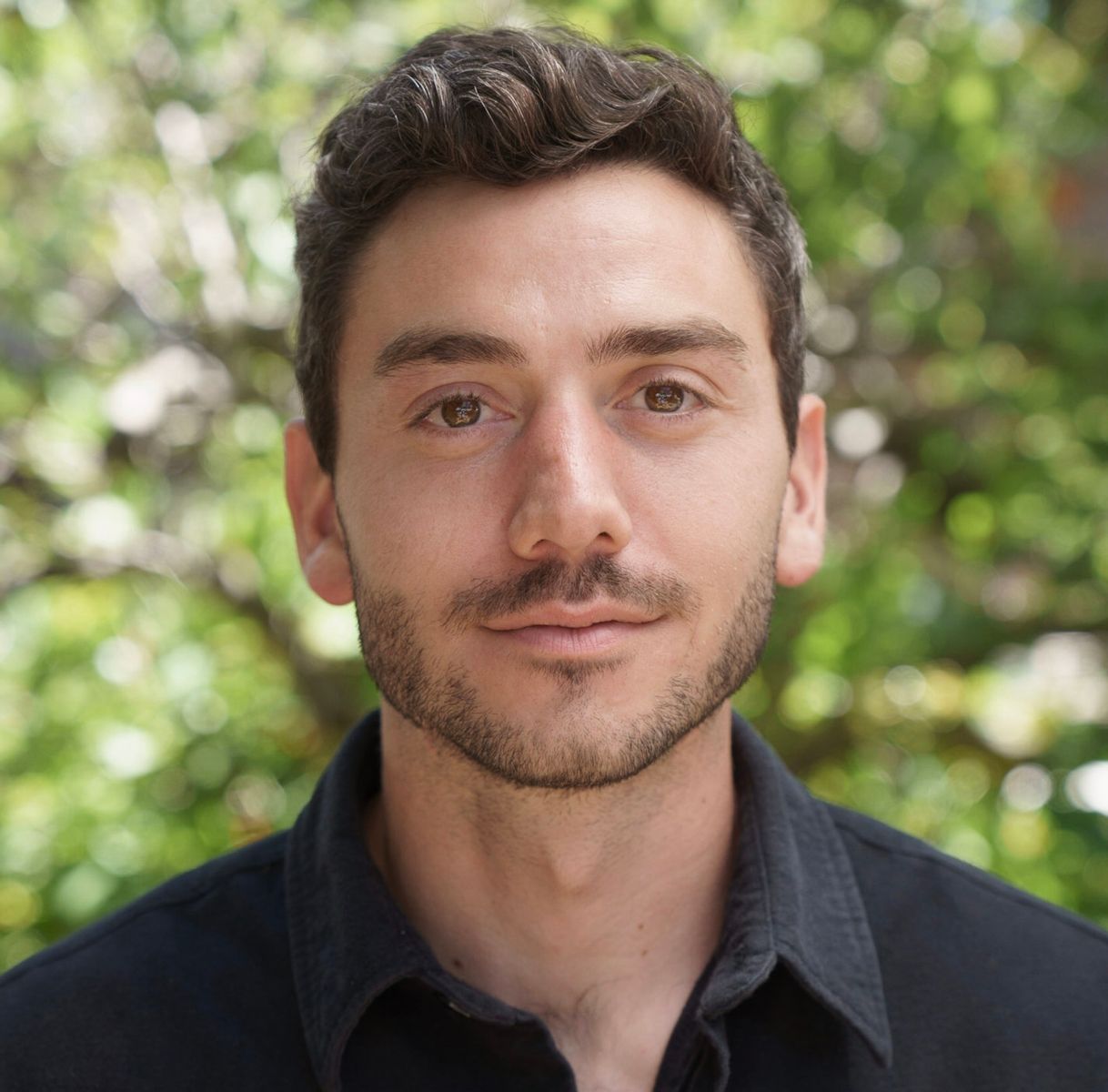
Aleksis Bertoni is an architect, builder, and the co-founder of Type Five, an architecture and technology company that aims to increase access to housing and improve the long-term environmental and economic outcomes of American home ownership.
Type Five builds low-cost, environmentally efficient homes which are designed to be customized and adapted over time. The homes are initially built as simple, open floor plan spaces with everything necessary to move-in but without superfluous elements. Type Five empowers its homeowners by providing them with a digital platform where they can design upgrades and interior additions to their home when and how they see fit. When homeowners purchase upgrades, Type Five prefabricates their selections and installs the modular additions in their home without major construction or disruption. This ability to retrofit the home enables homeowners the ability to grow into their home as their lifestyles and needs develop and change.
Over the past decade, Aleksis has worked in a wide variety of positions and locations related to his work on the built environment. Most recently, he was a project manager for a design/build architecture firm in Brooklyn, where he oversaw the architecture and construction of commercial and residential projects in New York. Prior to this work, he practiced architecture at Renzo Piano Building Workshop in Genoa, Italy; worked as a contractor building homes and workshops in California; and was an artist in residence at Autodesk’s Pier 9 workshop in San Francisco, where he explored experimental wood construction using digital fabrication. He has worked at award winning architecture firms in Boston and San Francisco, as well as with the World Heritage Cities Program at UNESCO in Paris.
He studied architecture at the Harvard Graduate School of Design, where he received a Master of Architecture I Advanced Placement and was the recipient of the Peter Rice Fellowship. He received his Bachelors of Arts in Architecture with honors from the University of California, Berkeley.
Dorit Fromm
USA
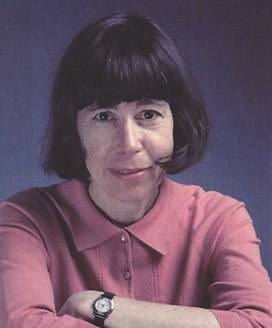
Dorit Fromm is a design researcher and writer, an architect, and has worked in communications for the design industry. She has researched a variety of community and housing designs, conducted post-occupancy evaluations of multi-unit housing and presented on new forms of housing internationally.
While an undergraduate student at UC Berkeley, she moved to Mexicali, Mexico to build low-income clustered housing with Professor Christopher Alexander. This hands-on experience, and visiting the project after residents had moved in, chronicled in several articles, was an eye-opening introduction in community-creation through housing design.
On a post-graduate traveling scholarship, Dorit visited the first cohousing community in Denmark and was impressed by the easy collaboration of residents in multiple tasks. Through an NEA research grant, her book, Collaborative Communities, first described the wide variety of European and American models of collaborative housing.
She has written a number of articles on the intersection of community and design for publications such as Places, Architectural Review, Metropolis, Journal of Architecture and Planning Research, Built Environment, Urban Land, ArcCa, and Communities. Her recent book, Cluster Cohousing Revisited, co-authored with social housing researcher Els de Jong, is a deep look into the first Dutch cohousing project, from the perspective of design and social relationships. The book’s forty-year perspective follows the future resident group’s initial efforts, hopes and ideas, and their participatory design process, to present-day daily life, evaluating the design and social changes over time.
_________________
For Collaborative Communities, put in your zip code and WorldCat lists libraries nearby carrying the book: https://www.worldcat.org/title/collaborative-communities-cohousing-central-living-and-other-new-forms-of-housing/oclc/1148629752?referer=di&ht=edition . Also, at the Internet Archive, a free digital library service, a digital copy of Collaborative Communities can be viewed if you sign up for free at: https://archive.org/details/collaborativecom00from .
For Cluster Cohousing Revisited, the table of contents and introduction can be found here: file:///C:/Users/dorfr/Dropbox/My%20PC%20(DESKTOP-MIUVAFR)/Downloads/9789403612195_fragm%20(3).pdf . The Netherlands Intentional Communities magazine devoted a part of its recent issue to the book (in Dutch): http://www.gemeenschappelijkwonen.nl/ga/ga141.pdf .
Elli Mosayebi
SWITZERLAND

The close connection between practice, research and teaching characterizes the career of Elli Mosayebi. Since 2004 she has led the Zurich-based architecture office Edelaar Mosayebi Inderbitzin together with Ron Edelaar and Christian Inderbitzin. Through numerous projects won through competitions, housing and urban design assumed a special significance. From 2004 to 2008 she was research assistant at the Chair for Architecture Theory under Prof. Dr. Ákos Moravánszky, in which she completed her doctoral dissertation on the work of the Milanese architect Luigi Caccia Dominioni. From 2012 to 2018 she was Professor for Design and Housing at TU Darmstadt, where she conducted a comparative study of post-war European housing. In 2017, together with Ron Edelaar and Christian Inderbitzin, she led the design studio 'Ruins and Machines' at ETH Zurich. Since 2018 she has held the position of Professor for Architecture and Design at ETH Zurich. Housing and the change it is currently undergoing are integral aspects of her fields of both practice and research. She is also a permanent member of the Academic Committee of the Holcim Foundation for Sustainable Construction.
Together with Edelaar and Inderbitzin, she received the Swiss Art Award in the architecture category in 2019; their work "Anthropomorphic Form" will be on view in Basel in fall 2021. The installation consists of a 3000 m2 interactive sheet of cloth that spans the entire hall. By means of sensors, this cloth responds to the activities of the visitors. Thus, this fabric blanket testifies to the unexpected influence of the human body or environment on architecture that changes and adapts, provoking a subtle commentary on our Anthropocene era.
Her ongoing pilot project «vacancy - no vacancy. A performative house of the future» aims to investigate how societal changes affect the design of apartments and, in particular, how small apartments could be built today. This is explored through the mock-up of an apartment that, through the installation of movable elements, becomes a performative space that adapts to the needs of its inhabitants: a rotating wall, a rotating closet and swiveling lights are used to test the thesis that the desire for changeability corresponds to today's needs. With the help of sensors, all changes are registered and subsequently evaluated.
Augustine Owusu-Ansah
Ghana
 Augustine Owusu-Ansah is a partner with Accra-based architecture firm S. Tetteh + Associates (STA) whom he joined in 2012, working primarily on design and construction supervision of STAs projects. He is coordinator for STA’s social housing projects and has a keen interest in the study and design of public space and exploring Ghanaian architectural identity. He was heavily involved in the competition-winning entries for the Shelter Afrique's 5000 for 5000 Affordable Housing Competition, the New Campus for the Ghana School of Law and the new design for Ghana’s Judicial Training Institute. Augustine Owusu-Ansah is a partner with Accra-based architecture firm S. Tetteh + Associates (STA) whom he joined in 2012, working primarily on design and construction supervision of STAs projects. He is coordinator for STA’s social housing projects and has a keen interest in the study and design of public space and exploring Ghanaian architectural identity. He was heavily involved in the competition-winning entries for the Shelter Afrique's 5000 for 5000 Affordable Housing Competition, the New Campus for the Ghana School of Law and the new design for Ghana’s Judicial Training Institute.
S. Tetteh and Associates is an innovative architectural practice founded in 1995 by principal, Senyo A. Tetteh. The firm is involved in a wide range of services including residential, civic and commercial design, design of architectural signage and graphics, workplace consultancy and renovation, landscape design and affordable housing design. The firm employs an intensive and intellectually rigorous design process aimed at providing sustainable, timeless and advanced design. The result is environmentally and economically responsible design, the use of advanced building technology and design tools, and the exploration of a modern Ghanaian aesthetic.
See all the top-place winners of the Shelter Afrique's 5000 for 5000 Affordable Housing Competition here. See the S. Tetteh + Associates website here: https://stettehassociates.com
|
|
|
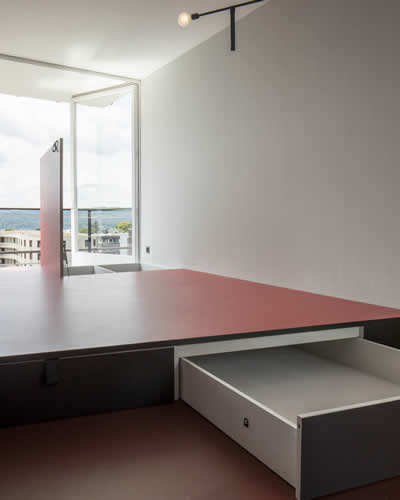 Elli Mosayebi, Edelaar Mosayebi Inderbitzin Architects (BP2022 Juror): vacancy – no vacancy project. "The two built-in platforms contain numerous storage compartments for personal belongings." (See Essay Question: Introductions by jurors.)
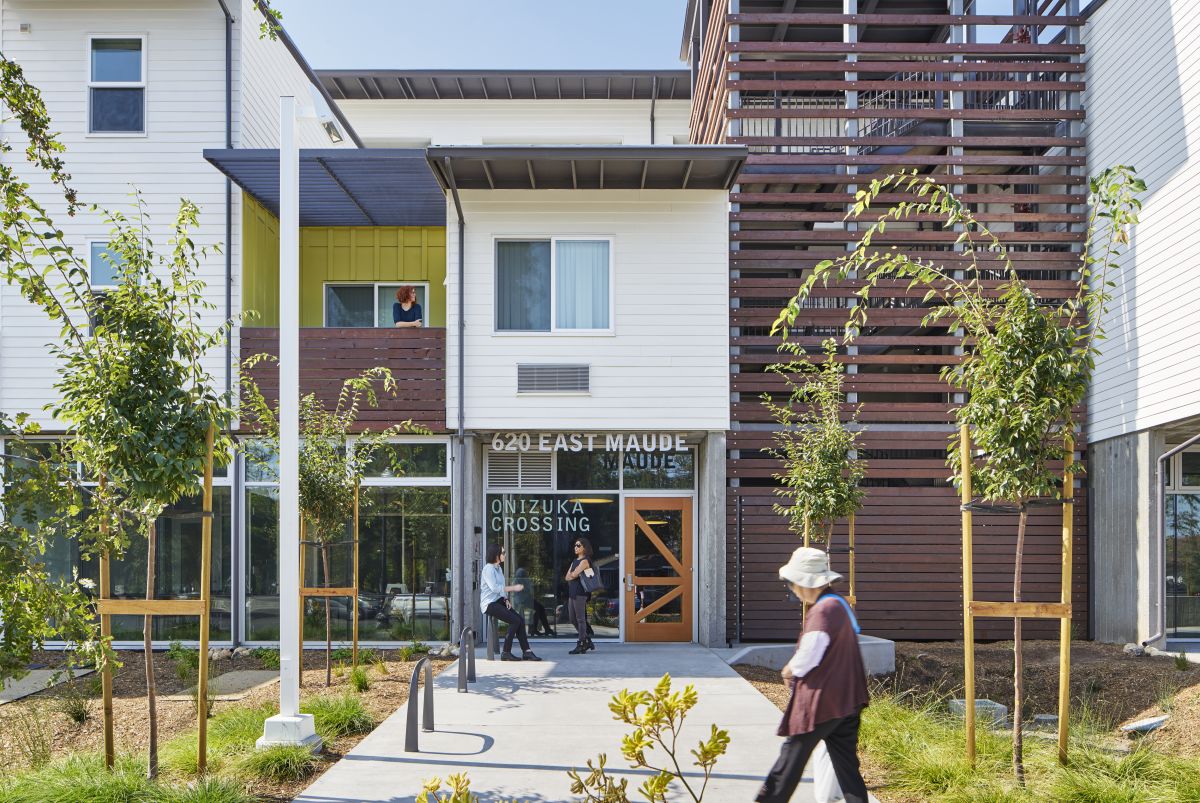 Onizuka Crossing Housing, David Baker Architects, San Francisco, 2016. The result of a partnership between MidPen Housing and the City of Sunnyvale, California, U.S.A., Onizuka Crossing provides 58 low-income working families with new, affordable rental homes in Sunnyvale, the heart of the Silicon Valley. Twenty-nine units are reserved for formerly homeless individuals and their families. (See: https://www.dbarchitect.com/project_detail/178/Onizuka%20Crossing%20Family%20Housing.html) Photo credit: ©Bruce Damonte.from DBArchitect.com.
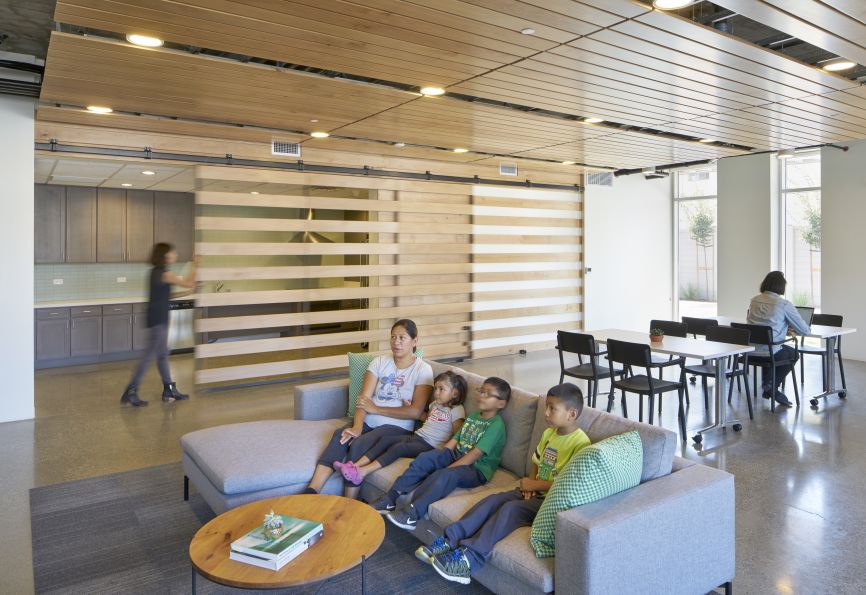 Onizuka Crossing Housing, David Baker Architects, 2016. "Former homeless residents receive extensive supportive services in collaboration with the Santa Clara County Department of Behavioral Health and the U.S. Veterans Administration Palo Alto Healthcare System... Onizuka Crossing is a prime example of infill development, transforming a U.S. National Guard armory building into supportive, permanent affordable housing." (See: https://www.dbarchitect.com/project_detail/178/Onizuka%20Crossing%20Family%20Housing.html) Photo credit: ©Bruce Damonte from DBArchitect.com.
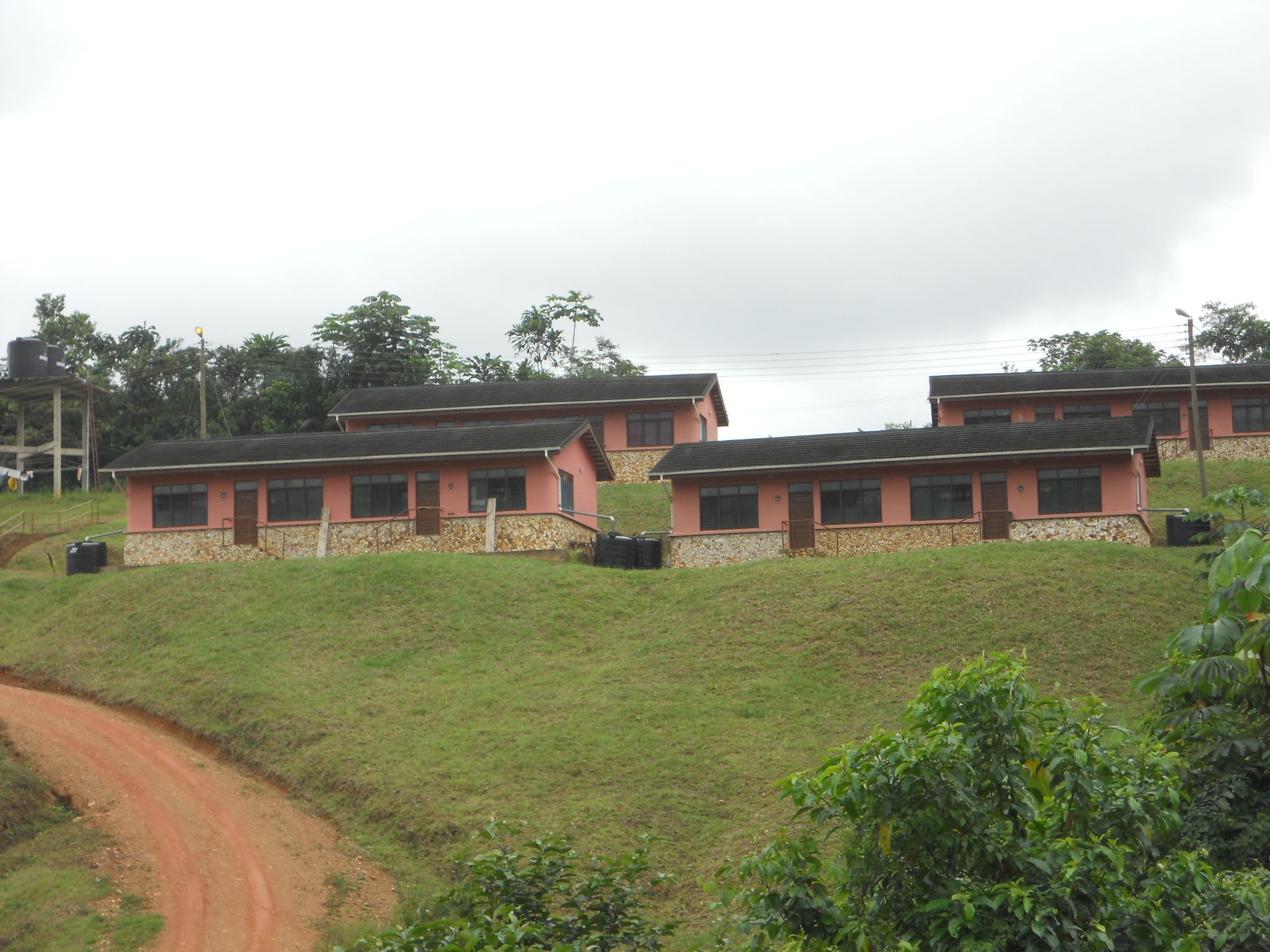 S. Tetteh + Associates Architects, Accra, Ghana. Low-cost housing project for rangers and conservation staff at the Bia and Ankasa Reserves, Juabeso-Bia district, southwest Ghana.
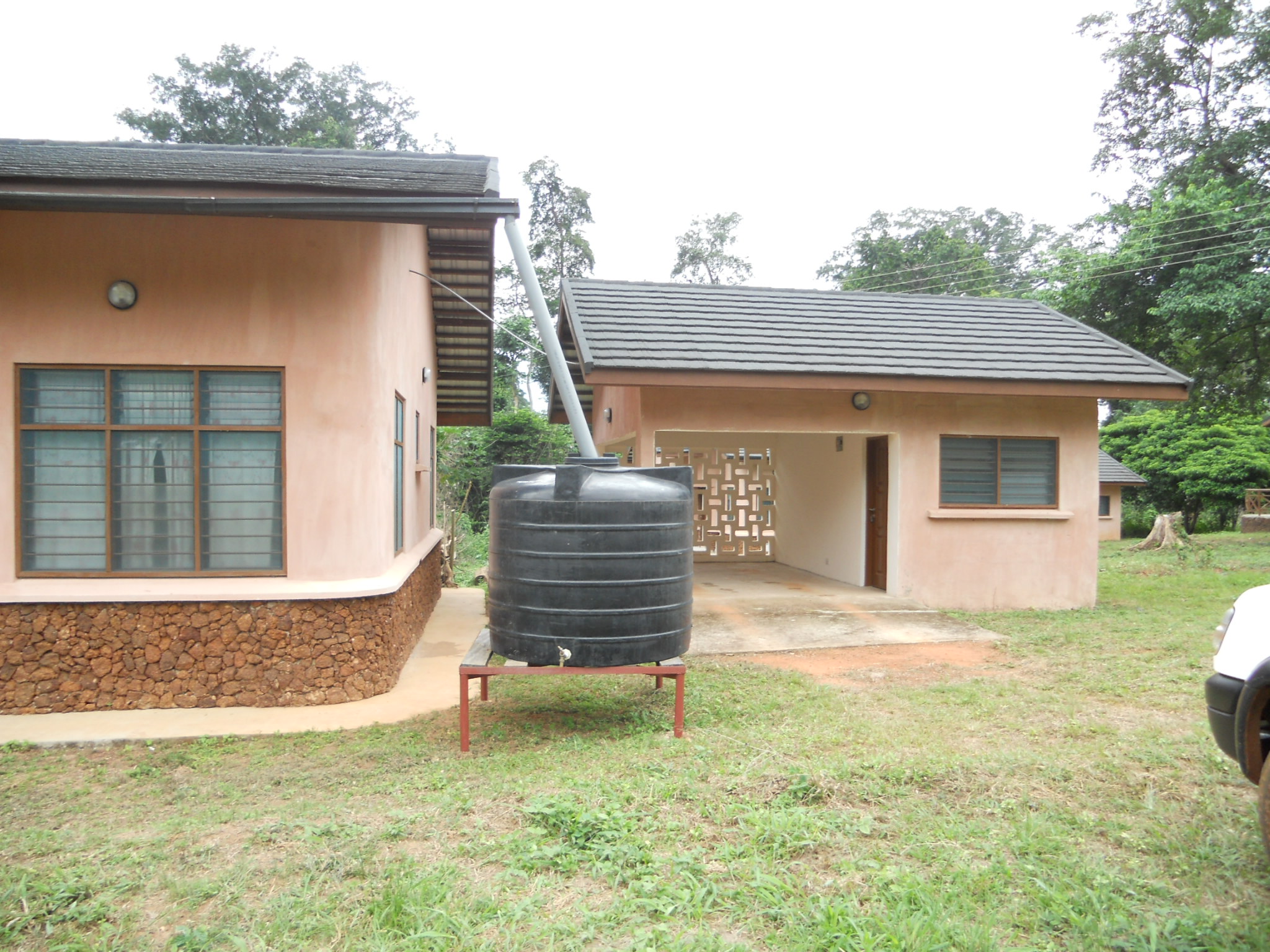 S. Tetteh + Associates Architects, Accra, Ghana. Low-cost housing project for rangers and conservation staff at the Bia and Ankasa Reserves, Juabeso-Bia district, southwest Ghana. 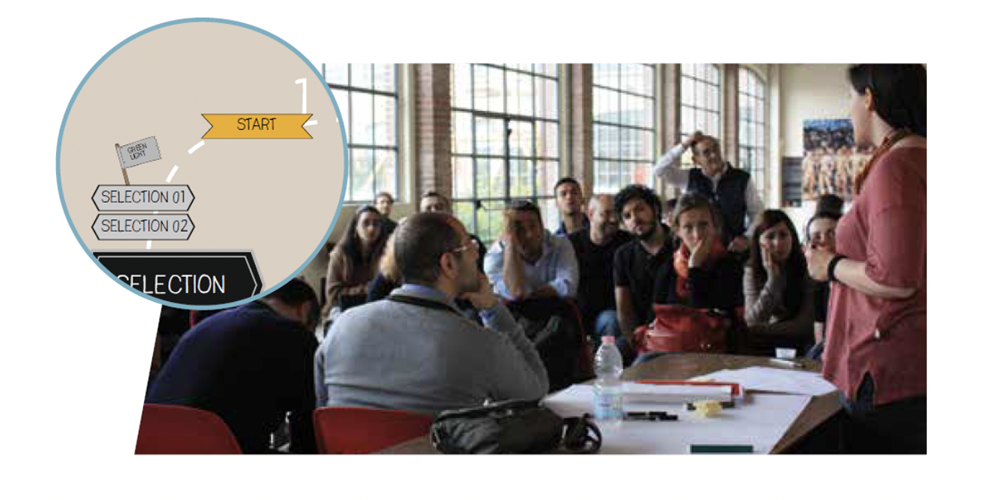 Fondazione Housing Sociale, Milan, Italy: The Housing Foundation developed a class to help future residents form a collaborative community in their housing development. Research by Dorit Fromm, Writer, Architect, BP2022 Juror: (See Essay Question: Introductions by jurors.)
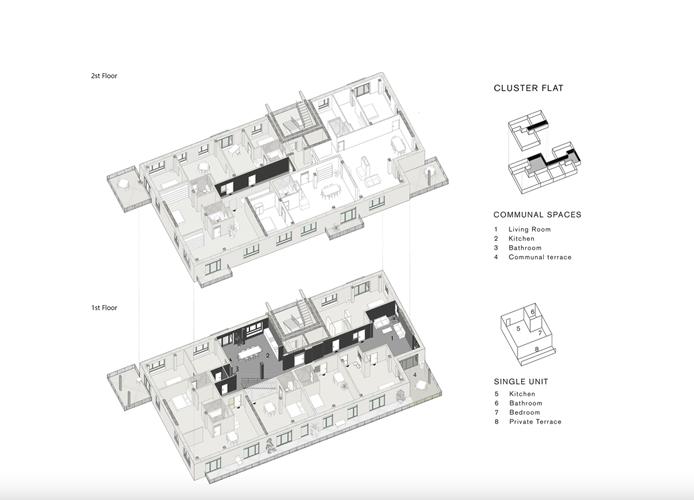 From the manual "Starting Up Communities, A Design Kit for Collaborative Housing," Fondazione Housing Sociale, Milan, Italy. Research by Dorit Fromm, Author, Architect, BP2022 Juror: (See Essay Question: Introductions by jurors.)
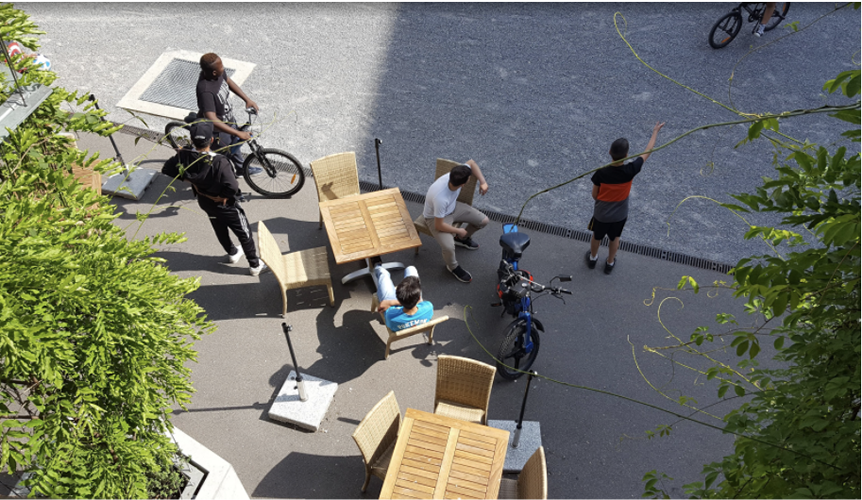 Mehr als Wohnen, Switzerland: Childcare and afterschool care are located on the ground floor level of the housing, as well as a café and other neighborhood services. Research by Dorit Fromm, Author, Architect, BP2022 Juror: (See Essay Question: Introductions by jurors.)
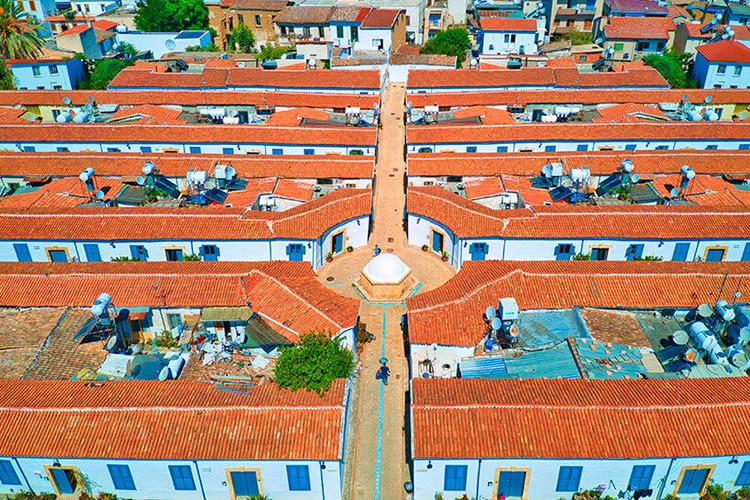 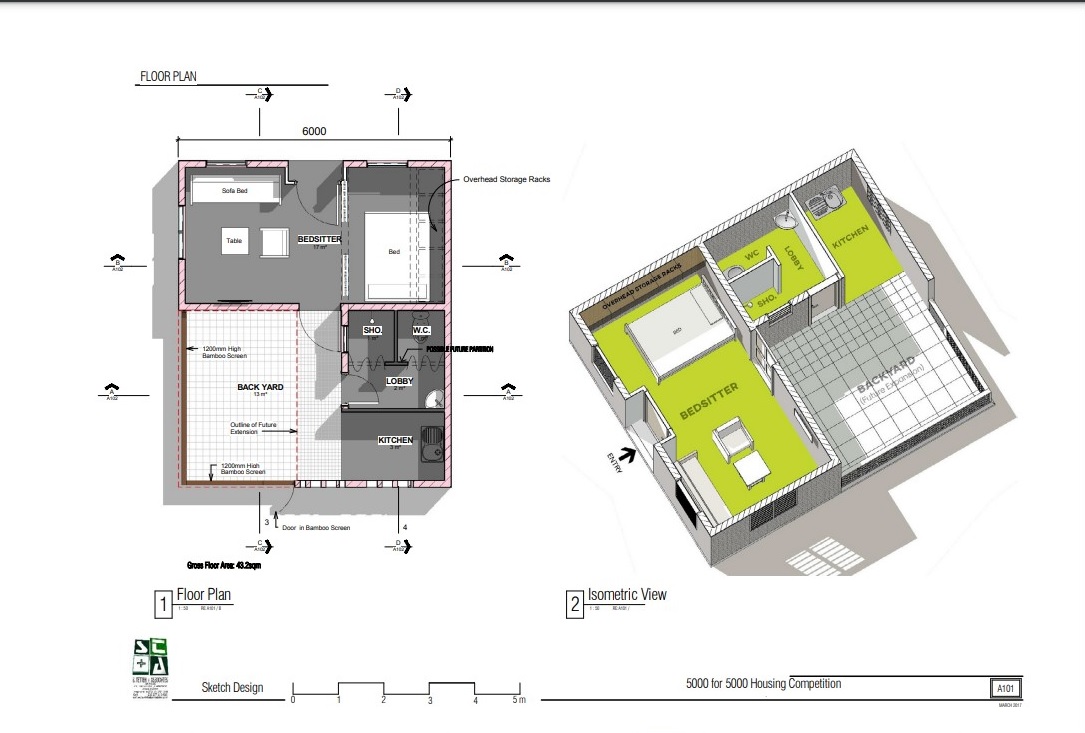 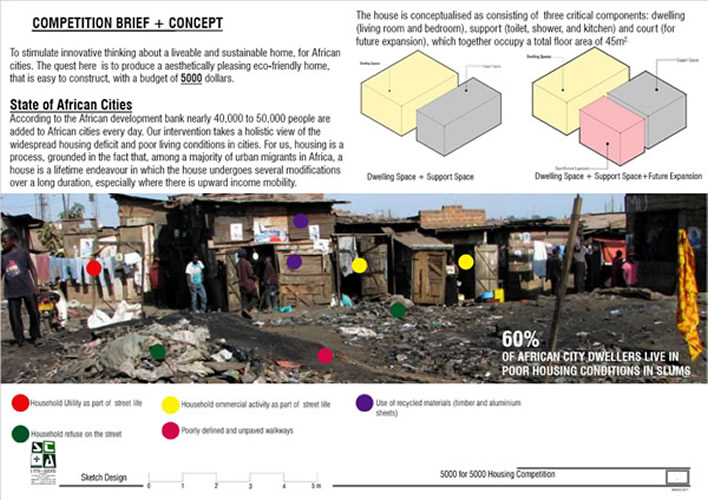 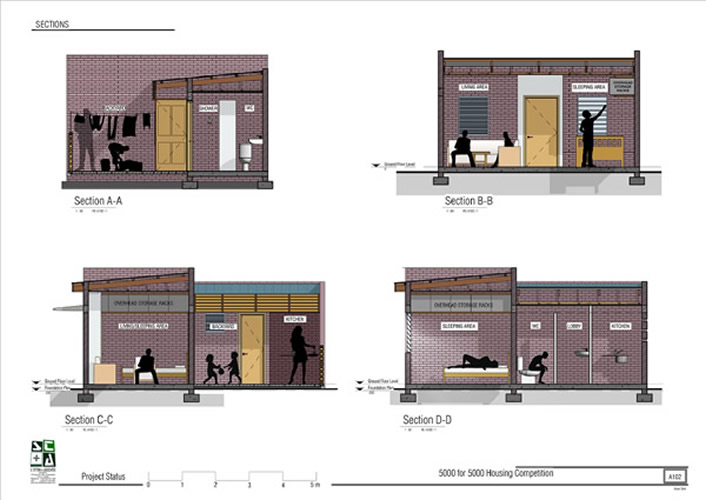 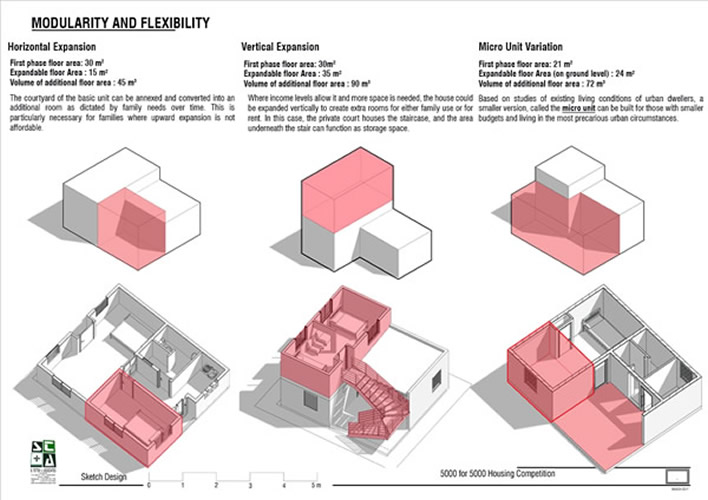 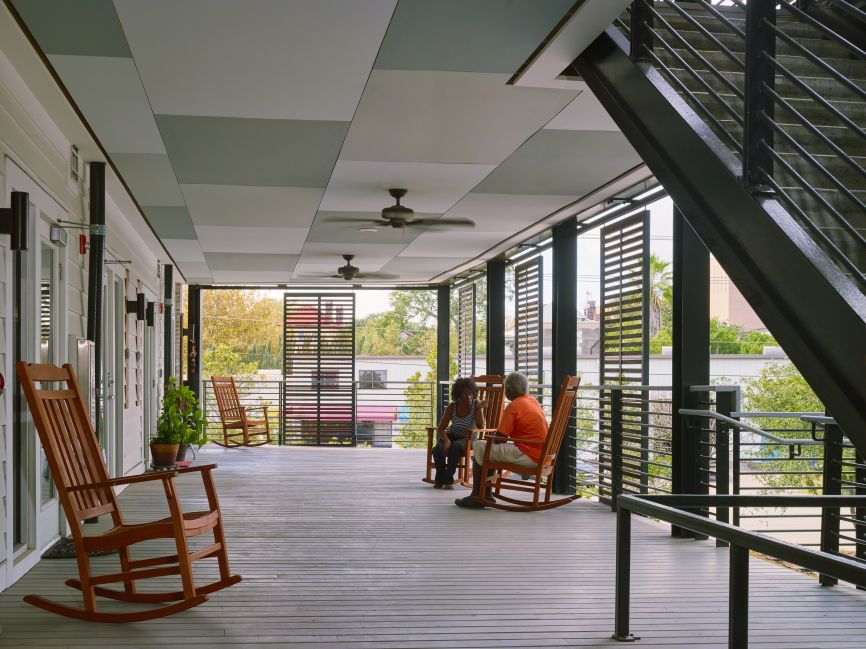 Williams Terrace, Charleston, South Carolina, U.S.A., Architect of Record, McMillan Pazdan Smith Architecture, Spartanburg, South Carolina, U.S.A. /Design Architect, David Baker Architect, San Francisco, California, U.S.A., 2017. "Williams Terrace won the 2019 American Institute of Architects/Housing and Urban Development Secretary's Housing and Community Design Award for Excellence in Affordable Housing Design. This singular nation-wide award recognizes architecture that demonstrates overall excellence in terms of design in response to both the needs and constraints of affordable housing... Wide porches that double as circulation offer places to sit, meet in passing, and personalize a bit of outdoor space." (See: https://www.dbarchitect.com/project_detail/176/Williams%20Terrace%20.html) Photo credit: Chris Luker from DBArchitect.com.
 Williams Terrace, Charleston, South Carolina, U.S.A., Architect of Record, McMillan Pazdan Smith Architecture, Spartanburg, South Carolina, U.S.A. /Design Architect, David Baker Architect, San Francisco, California, U.S.A., 2017. "The design team worked closely with the Housing Authority of the City of Charleston to create a dynamic building that meets the challenges of the site—located in a high-velocity flood zone—and respects the gracious built fabric of downtown historic Charleston... Apartments connect to the wide circulation porches, which have room for some personal touches." (See: https://www.dbarchitect.com/project_detail/176/Williams%20Terrace%20.html) Photo credit: Chris Luker from DBArchitect.com.
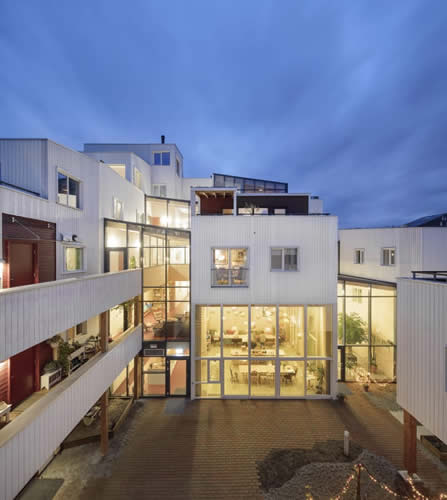 Vindmøllebakken, 40-unit cohousing project, Stavanger, Norway, 2019. Designed by founding architects Siv Helene Stangeland and Reinhard Kropf of Norwegian firm Helen & Hard. The architects now live in Vindmøllebakken. Photo credit: Minna Soujoki Langbord/Courtesy of Helen & Hard via Editon.CNN.com
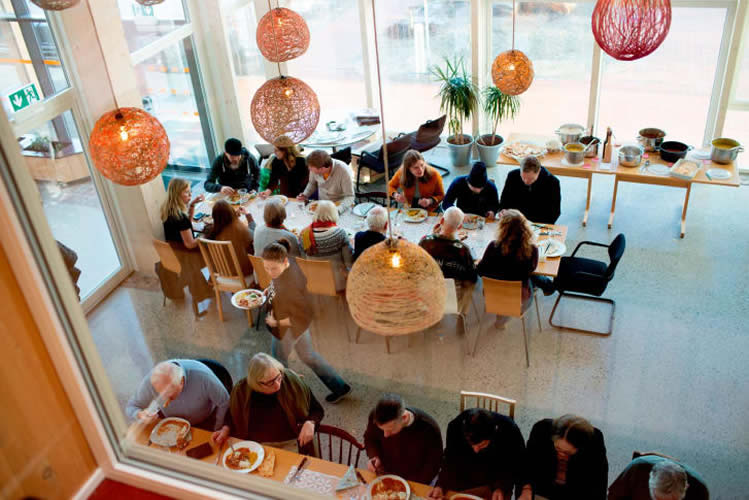 Vindmøllebakken, 40-unit cohousing project, Stavanger, Norway, 2019. In addition to Vindmøllebakken (see previous slide), Helen & Hard are reported to having five other cohousing projects in the works. Photo credit: Sindre Ellingsen/Courtesy of Helen & Hard via Edition.CNN.com
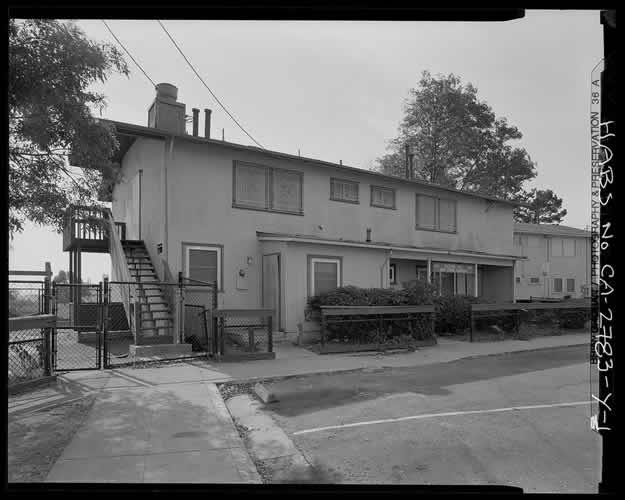 Easter Hill Village, Richmond, U.S.A., 1954. Demolished, 2004. "It was the most significant public effort to provide affordable permanent housing for many families displaced by demolition of temporary World War II housing. It was the first multi-unit residential development to combine the twin themes of the planned unit development with the individuation of units... and the care given to integrating a multi-unit residential development to its site." Historic American Buildings Survey, Library of Congress, U.S.A. (See: https://www.loc.gov/item/ca3350/)
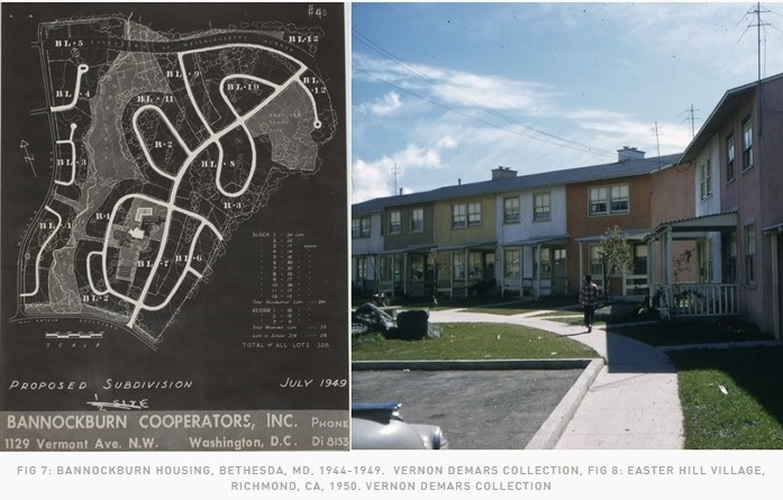 Richmond Village (formerly Easter Hill Village - see previous slide), California, U.S.A., 2008. "The goal for the …Richmond Village project was to turn 300 units of crime-ridden, run-down public housing into a vital neighborhood anchored by a community center and public open space. The development was originally built in 1954 and was a model of public housing until neglect, crime and poverty took over. The Richmond Housing Authority together with Richmond Village…residents collaborated to re-construct a vision of community. The vision included open/community space with mixed-income housing; 100% of the rental housing is affordable, with 70% allocated for public housing residents. The for-sale family homes have a mix of low, moderate and market-rate housing." (See: https://www.nibbi.com/projects/richmond-village/)
|
|